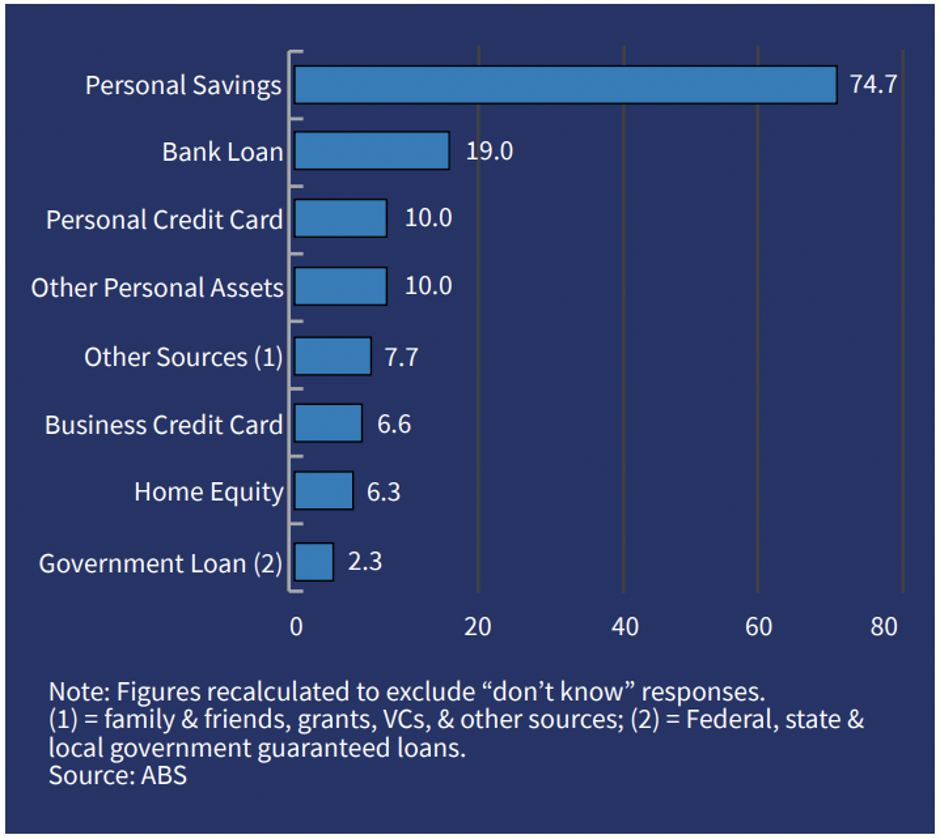10 Tips on Managing Small Businesses

Running a small business or even planning to start a new business can seem daunting. You need to complete so many tasks every day, and the only one holding you accountable is yourself.
It’s up to you to find new customers, nurture these leads, secure funding, and develop your business plan. If you need help, guess who has to find the best employees.
However, there have been considerable improvements in automation and business software in the past few years. It’s now possible for entrepreneurs to get more done with fewer people.
With that in mind, we’ve gathered our best small business tips and explored how you can address common issues.
Here’s what we’ll cover:
- Common Challenges Faced by Small Businesses
- Tips for Starting a Small Business
- Final Thoughts: Small Business Tips to Help You Make the Most of Your Time
Common Challenges Faced by Small Businesses
 Image Source
Image SourceWhether you’re looking for specific marketing tips for small businesses or are interested in tips on how to start a small business, you’ll probably find many of the same issues coming up time and time again.
Regardless of the type of business, here are some common problems all small business owners often face.
Lack of Time
As a small business owner, finding the time even to read an article online can be tough. Most successful small business owners have to take care of multiple roles, like sales, marketing, customer service, and operations.
Burnout and fatigue are common, so finding ways to save time and automate tasks are indispensable when running your own business.
Funding or Financial Resources
Image Source
The SBA’s February 2022 Small Business Finance FAQ report found 74.7% of new startups depended on personal savings to get off the ground. Only 19% reported using a business loan.
Small businesses are always looking for ways to cut costs and manage their spending in a way that still allows them to grow.
Finding New Customers and Leads
Getting new customers and referrals is another challenge almost every business can relate to. When your business isn’t well known, you have little brand recognition to work with and often struggle to find potential customers.
Scaling and Growth
While cost-cutting is important, it can, unfortunately, get in the way of business growth. Finding a way to balance quality, budget, and increasing customers can be challenging.
That is true even if your business is in e-commerce. After all, online businesses also incur costs like servers and processing power when expanding.
Hiring, Recruiting, and Retaining Qualified Employees
The 2022 small business credit survey found 60% of small business owners agreed that hiring or retaining qualified staff was their biggest problem.
While it can be difficult to carve time out to manage or train your existing employees, you may find your staff looking for greener pastures if they don't have the opportunity to grow.
Tips for Starting a Small Business
- Stop multitasking
- Track and manage business expenses
- Automate when possible
- Understand your customers and their buyer personas
- Empower your sales team
- Improve your sales performance
- Invest in marketing campaigns and organic opportunities
- Track your marketing efforts
- Set strong company values
- Seek out feedback
If you’re looking for practical solutions, you’re in luck. Let’s have a more in-depth look at these small business tips.
1. Stop Multitasking
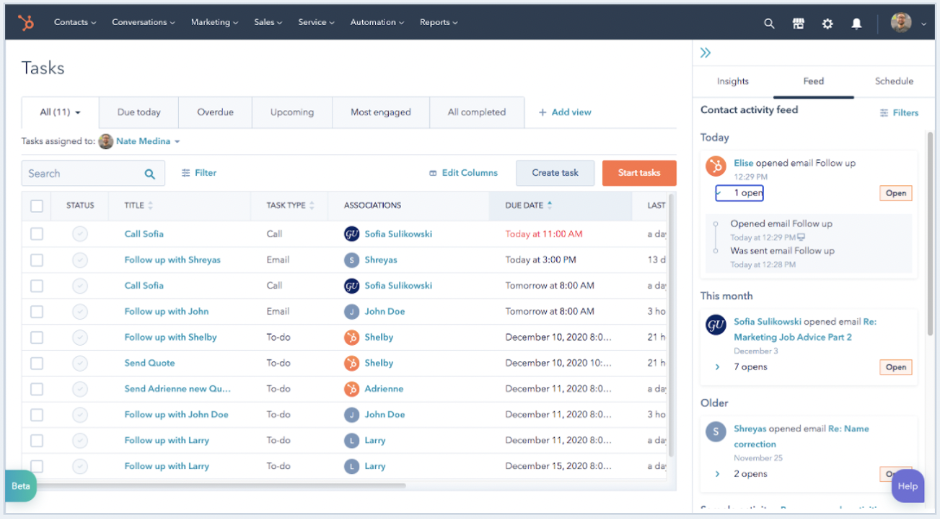 Image Source
Image SourceMultitasking is tempting when you have a pages-long to-do list, but it’s proven to make you less effective. One study found only 2.5% of participants could multitask without negatively impacting their functionality or performance.
Instead, split your duties into manageable projects that you can handle separately. If you have multiple tasks moving simultaneously, delegate them to different teams.
Schedule meetings where these groups can sync and coordinate to ensure everyone is on the same page. Even better? Invest in task management tools to help you with scheduling. There are software options that can help you focus on one task at a time and ensure nothing gets overlooked.
If you don’t have the budget right now, some companies manage projects through Excel to build timelines and even set conditions. There’s no automation, given the software is primarily for data entry, but it does allow for collaboration.
2. Track and Manage Business Expenses
Money management is another common issue for businesses. When funding is low, and expenses are high, it can seem like getting control of your cash flow is impossible.
On top of that, bookkeeping can be time-consuming, especially if you aren’t used to the rules and regulations behind running a business.
It can’t be stressed enough how important it is to keep your personal finances and business expenses separately. And while it’s best to have a dedicated business bank account, having one can take some time depending on where you live.
At the very least, you should:
- Develop a budget for all expected expenses.
- Compare actual expenses to the forecast you created.
- Digitize all of your receipts and expenses and have them in one location so you can keep track of them.
Taxes and most budget tracking tools are online or digital now, so scanning your receipts as you get them saves time and ensures you don’t lose any paperwork.
Make sure to review your receipts consistently to guarantee you’re staying within your budget. The larger your business grows, the more likely you will need accounting software, but if you’re still a small operation, you can probably get by with free expense tracking programs.
3. Automate When Possible
 Image Source
Image SourceAutomation has become a game-changer in the past decade. Machine learning has opened up so many tasks to automation, and it’s especially helpful for small businesses.
Nowadays, you can automate most of the workload for departments like customer service. One way is by investing in or building a chatbot.
These programs work on your website to help book meetings, respond to customers, and help you convert potential leads.
Another popular option is live chat software. Live chat helps you interact with and help customers without needing to use formal “ticketing” or email. You can personalize responses and troubleshoot issues using an omnichannel approach.
You can also automate tasks based on triggers or actions your customers perform.
With Appy Pie’s task automation, for example, if a customer sends you an email through Gmail, you can set up a trigger to send customer service an alert through Slack or send a follow-up with a Zoom link meeting.
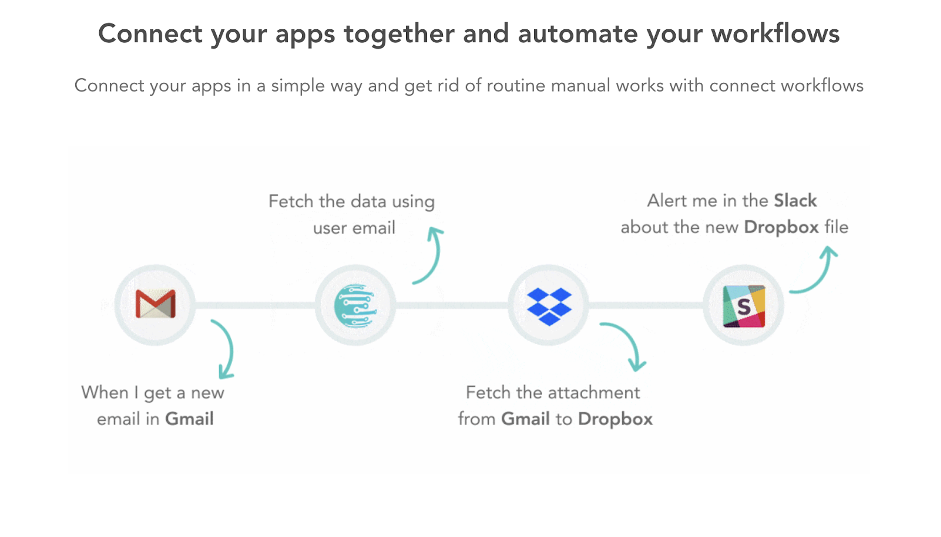 Image Source
Image Source4. Understand Your Customers and Their Buyer Personas
Before you can sell your project or launch any marketing efforts, you need to understand your customer base and their needs. That is called a buyer persona.
You can create general personas that encapture your target audience and tailor products, sales strategies, and marketing campaigns around them to maximize your value proposition.
That helps:
- Tailor content, pricing, and strategies to match your customers.
- Increase your leads.
- Improve engagement.
- Raise performance metrics (higher conversion rates and click-through rates).
5. Empower Your Sales Team
Sales are incredibly dynamic, with no two deals closing the same way. Your sales team needs a unique skill set to convince customers that your product adds value, and they usually do that through an omnichannel outreach method involving:
- Emails
- Social Media
- Calls
- In-person meetings
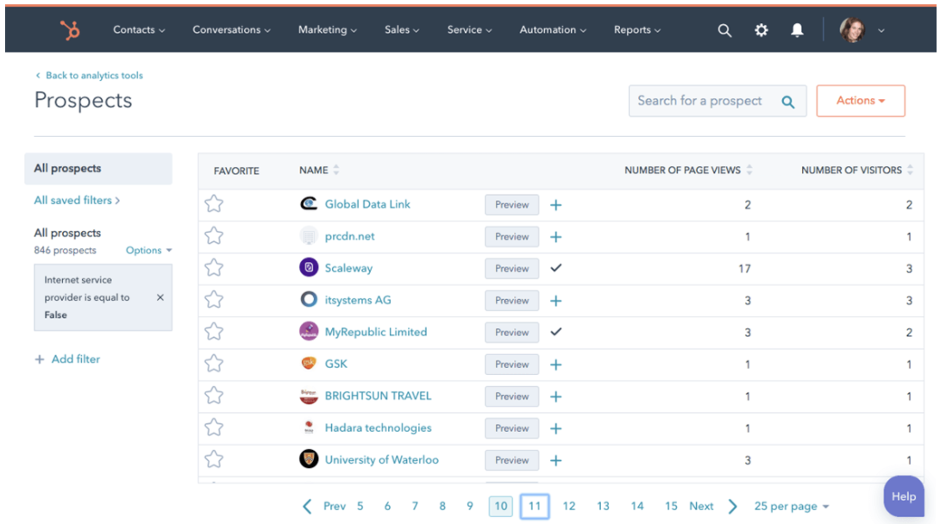 Image Source
Image SourceHandling these channels can be stressful, but here’s the good news:
You can provide some tools and resources to help lessen the stress of your sales team. For example, you can use sales templates for emails that can be personalized automatically if you use customer relationship management (CRM) software.
For cold calling, work on a few scripts that address common questions a caller may have. Provide your sales team with guides and calling strategies that make the more confident and prepared for your calls. And finally, leverage warm leads that have already shown interest in your website. Even better if you can show your sales reps which pages they’ve been browsing and when.
6. Improve Your Sales Performance
 Image Source
Image SourceYou need to have reports and analytics performance tracking for sales to ensure you’re meeting your goals. Instead of relying on a general feeling or gross sales, develop some key performance indicators (KPIs).
Common KPIs for sales include:
- Cost per lead
- Lead conversion ratio
- Average purchase value
- Profit margins
- Revenue
7. Invest in Marketing Campaigns and Organic Opportunities
Marketing is often overlooked by small businesses that feel overwhelmed by all of the other tasks they have to pay attention to. A report from OutboundEngine found 58% of small businesses spent five hours or less on marketing each week.
Marketing will help lead generation and broaden your total addressable market (TAM).
While advertisements and sponsored content might be the first thing you think of, here are a few marketing tips for small businesses on free options you can try.
Create a Blog
Blogs are a great way to talk about relevant topics and show customers you know your product. You can work on ranking well for SEO to increase traffic to your website and improve brand awareness.
Writing a blog is usually free, especially if you add it to an existing website.
Email Marketing
Email marketing is a good way to retain customers and keep them interested. Early adopters might be interested in new offerings, sales, or updates to existing products.
Newsletters
Newsletters are excellent for connecting with customers weekly, monthly, or even quarterly. You can design these without coding experience and publish them as often as possible.
Social Media
Another game-changer for businesses is the projected surge in social media users, which is expected to surpass 5.8 billion by 2027, facilitating helps your connection to your customers quickly. This medium is great even for digital marketing beginners. Posting consistently and often is the key to building relationships with buyers.
Identify the most valuable platforms for your business, whether Linkedin or Facebook, and focus on these to save time.
Use the buyer personas you made to understand your customers to help you create posts that lead to comments, likes, and increased engagement.
You can use Appy Pie’s graphic design templates to get started with on-brand posts optimized for business success.
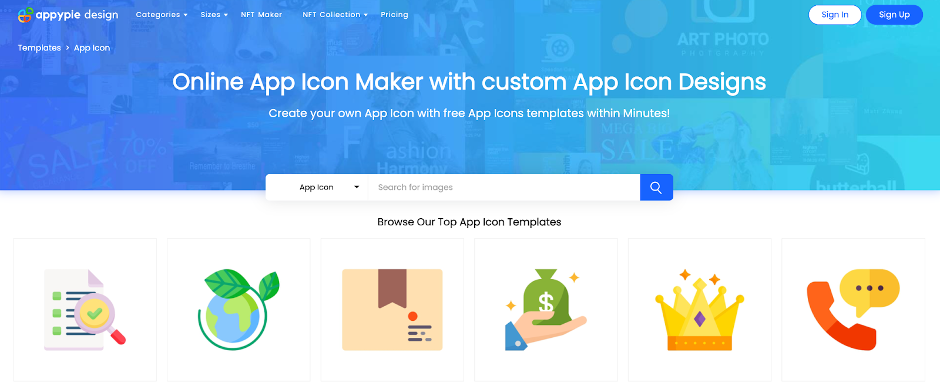 Image Source
Image Source8. Track Your Marketing Efforts
Marketing campaigns are vital to attracting new customers, retaining existing customers, and ensuring your investments bring money back into your business.
Our marketing tips for small businesses include developing KPIs for marketing like:
- Conversion rate (email open rate, social media engagement, search engine performance)
- Return on investment (Social media ads, Google ads)
- Lifetime value of a customer (LTV)
- Cost per acquisition (CPA)
- Cost per click (CPC)
 Image Source
Image SourceYou can track these KPIs using marketing software like HubSpot and leave the hard work to the experts.
9. Set Strong Company Values
Here’s an often unheard small business tip: expect changes. New businesses are dynamic, and you’ll need employees who thrive in that environment. You need workers who are motivated, eager to learn, and trainable.
A clear company culture that matches your business model is needed to grow and scale your business correctly. Without the right people and expectations, things can fall apart quite quickly.
Establish a Company Values Statement
- Define your company values and write them down.
- Publish this on your website, especially your about us page.
- Share and work on these values almost like a roadmap/guide.
- Every employee needs to buy in.
- Add these values to your job postings and descriptions.
Benefits of Strong Company Values
- Stronger company culture.
- Clear and set expectations for new hires.
- Values are visible to everyone, both employees and customers, and all will appreciate the clarity and recognize your brand and company for these values.
10. Seek Out Feedback
You can only make changes if you are aware of issues that need work. Feedback is important for every employee and at each stage of your business.
For your website: Add a digital form where customers can input their feedback on your site and use this to improve their experience.
For your customer service, marketing, and sales teams: Ask customers that interact with your teams to provide constructive feedback after:
- Interacting with your customer service team (live chat, chatbot, or a phone survey).
- Reading your marketing content (comments on blogs, newsletters, or ask for comments on social media).
- After-sales pitches (what customers want to see for next time, what can be improved about outreach or pitching).
For your employees: Send out an internal survey and ask employees about what they like or don’t like about their jobs, the company, current work structures, and look for ways to improve their experience.
For new hires: Ask them about their onboarding process, what helps and didn’t help, what can be improved.
Final Thoughts: Small Business Tips to Help You Make the Most of Your Time
Yes, running a small business is time-consuming, exhausting, and requires you to wear many hats.
By incorporating some of our small business tips, we hope you can start making small changes today that will improve all areas of your startup.
Our marketing tips for small businesses should help you track campaigns better and reach a more receptive audience. Many of the HubSpot tools mentioned are free to start with, so you don’t have anything to lose by trying them out.
Related Articles
- How to sell on eBay? [A Step by Step Guide]
- How to Change Zoom Background: A Simplified Guide
- Guide to Impressive Website Designs & Creation Strategies
- Which are the Top 10 Apps to integrate with Zendesk in 2022?
- What is the Difference Between Sales and Marketing?
- How to Forward Emails in Gmail: A Step-by-Step Guide
- How to Design a Perfect Menu for your Restaurant or Cafe?
- 11 Best Business Process Automation Tools in 2023
- Best Game Websites for Casual and Hardcore Gamers
- ActiveCampaign vs. HubSpot: A Detailed Comparison

